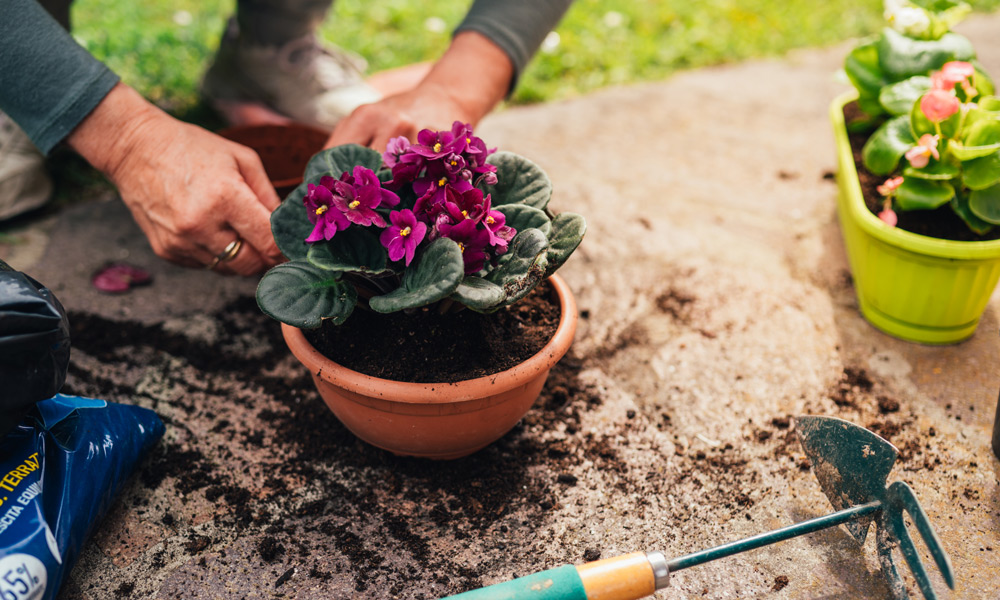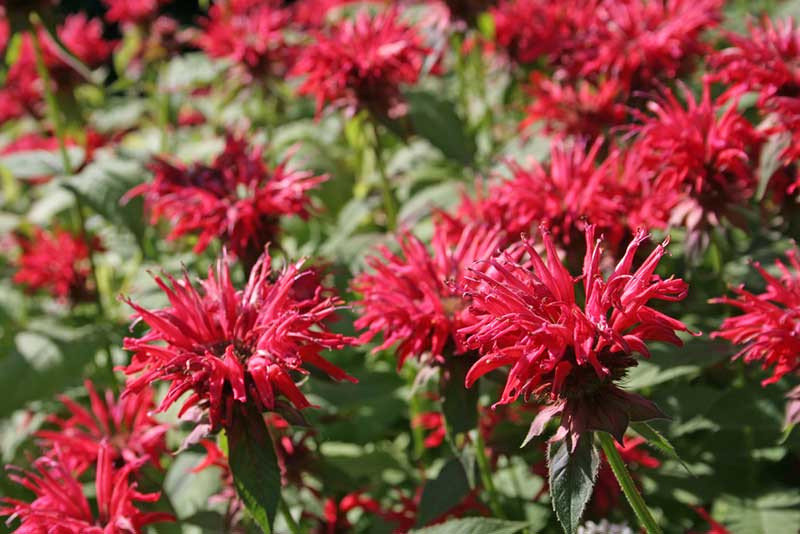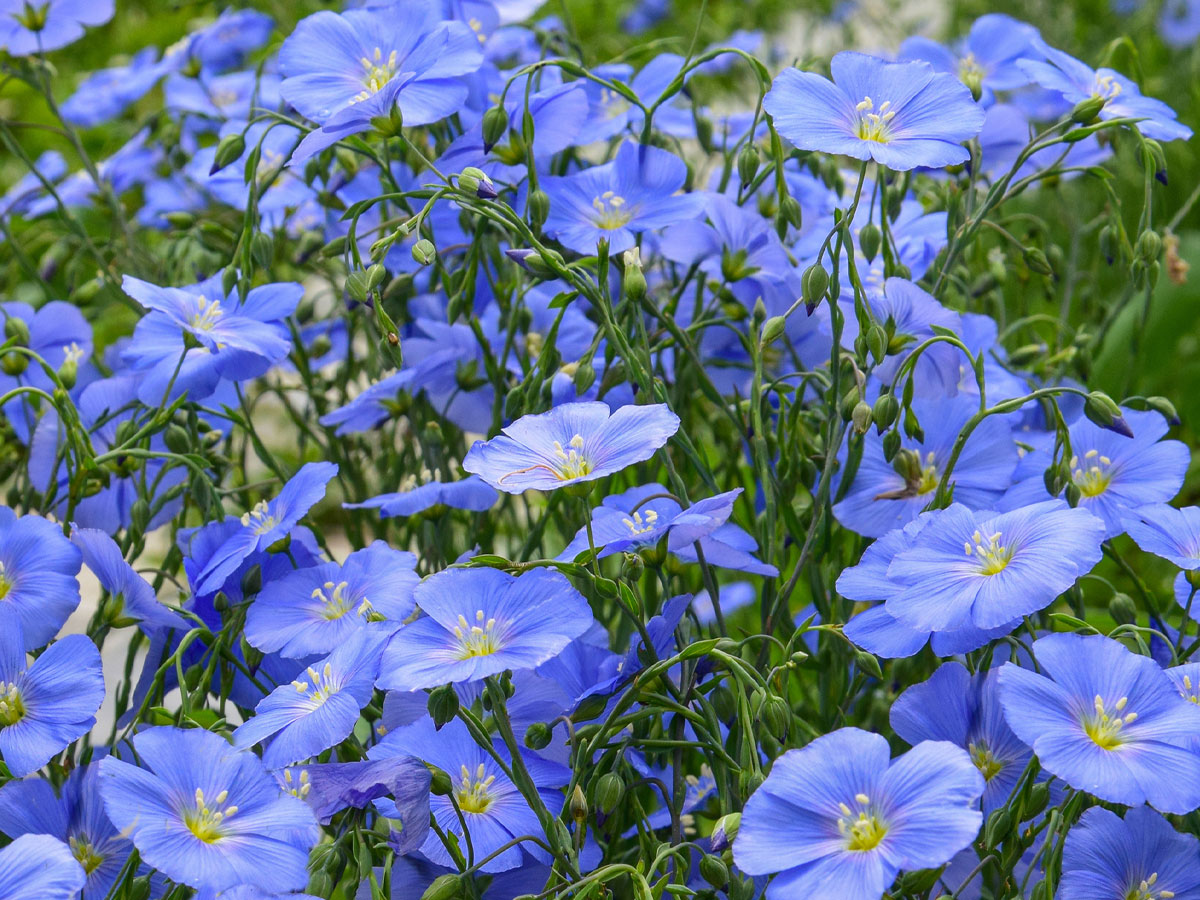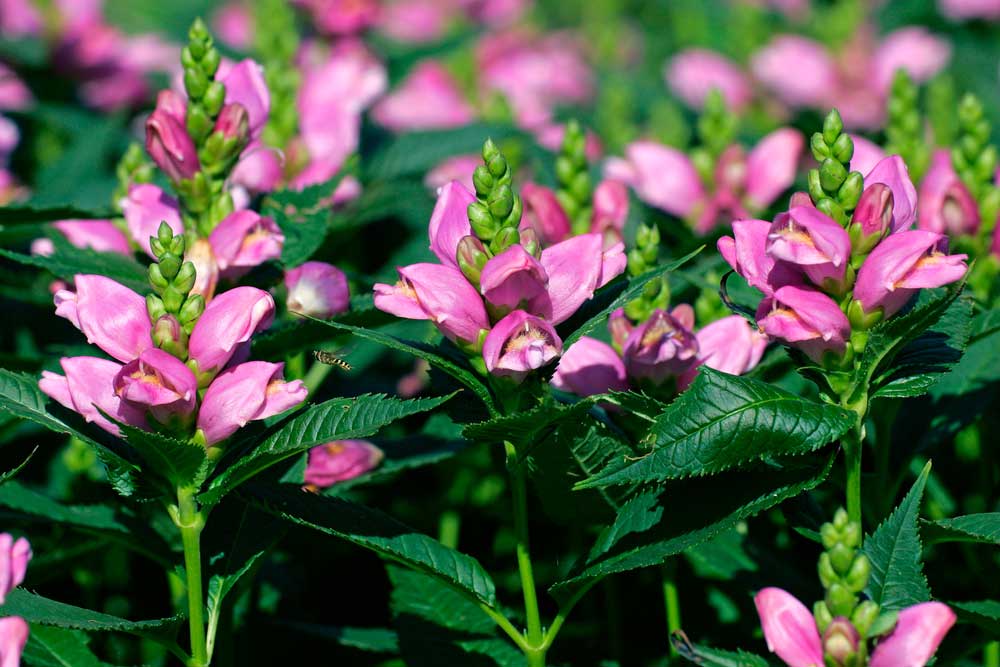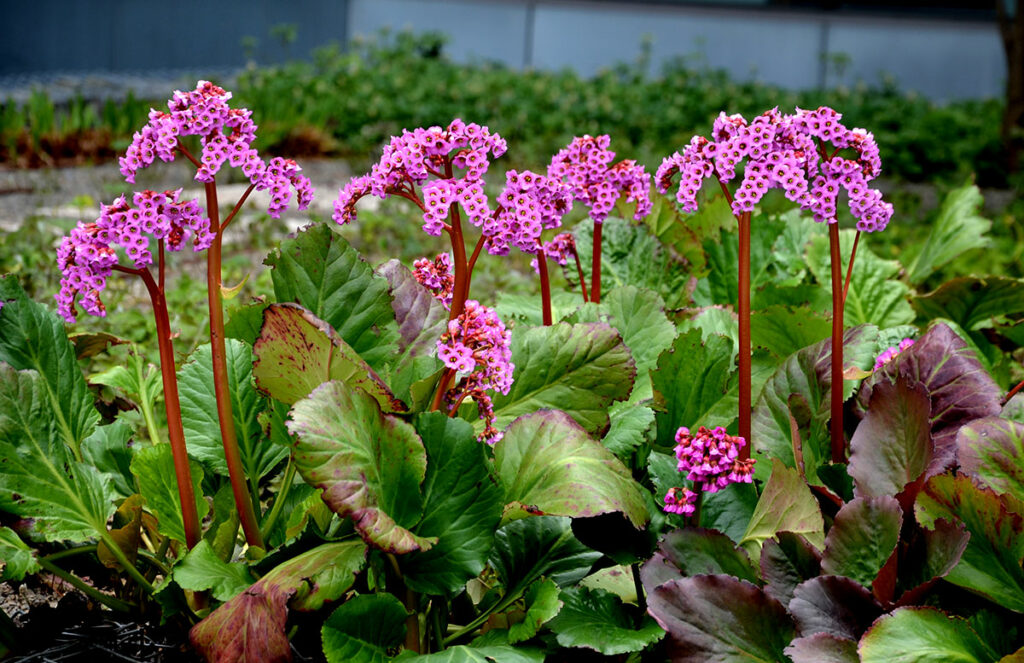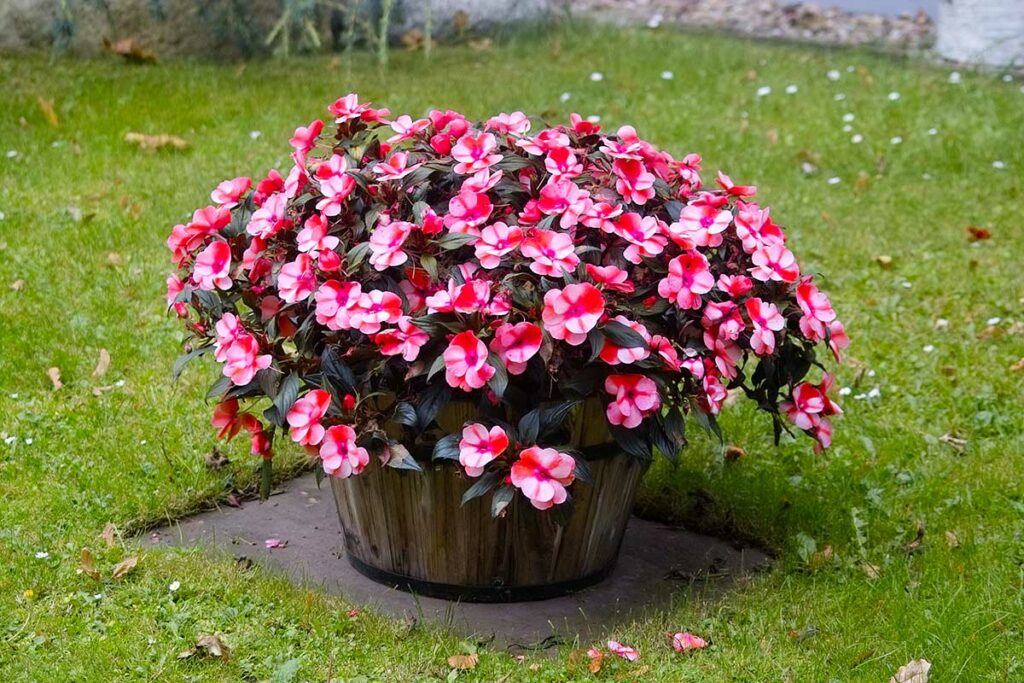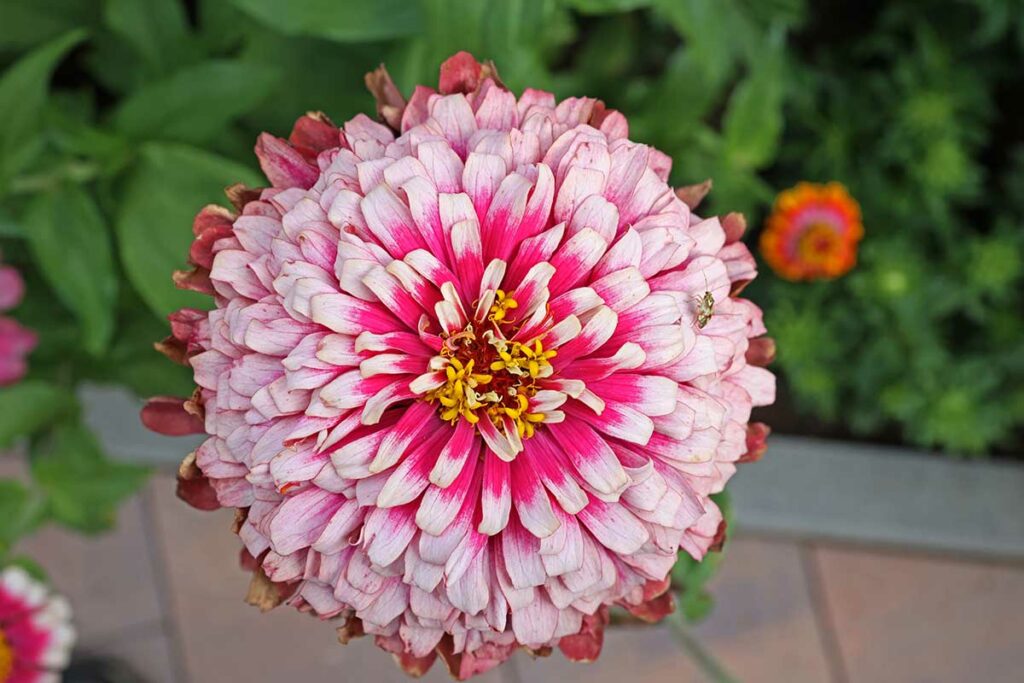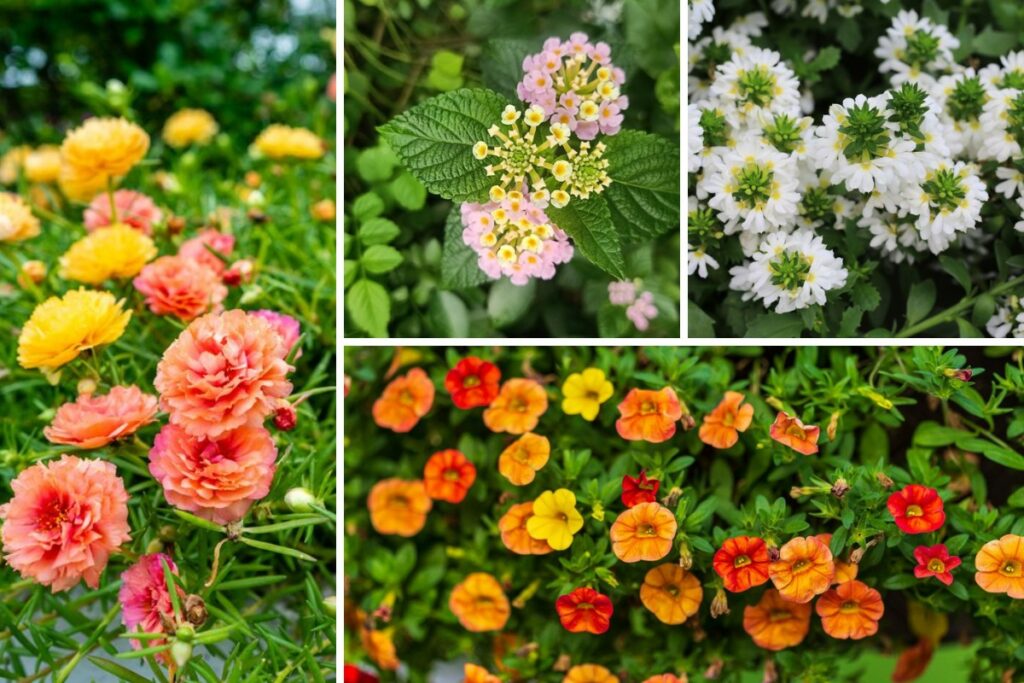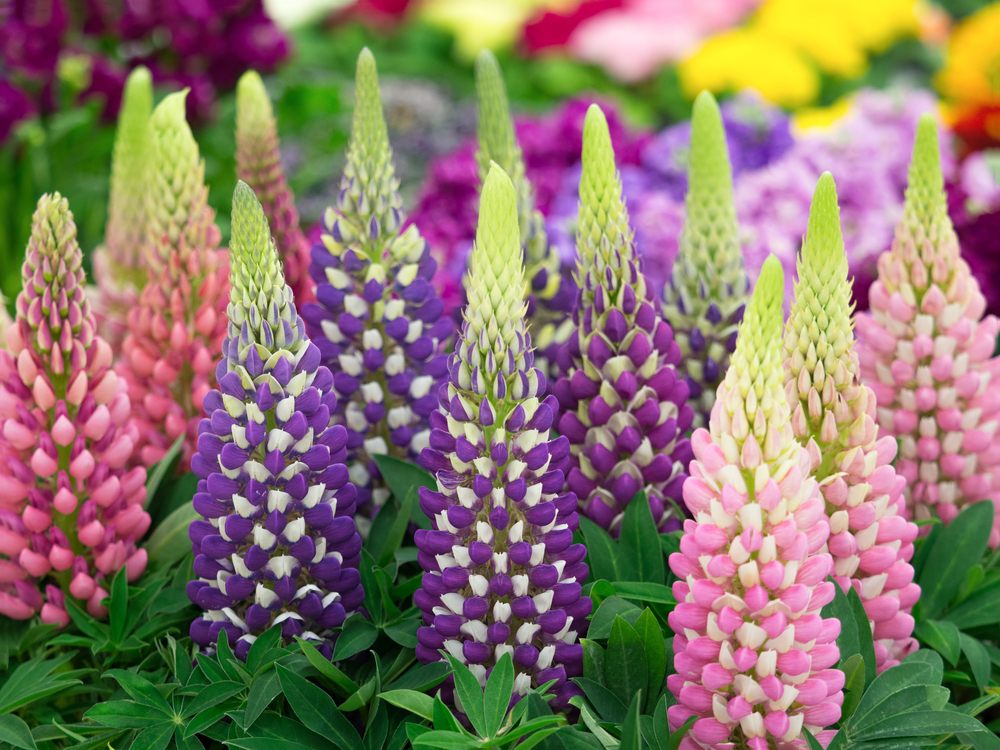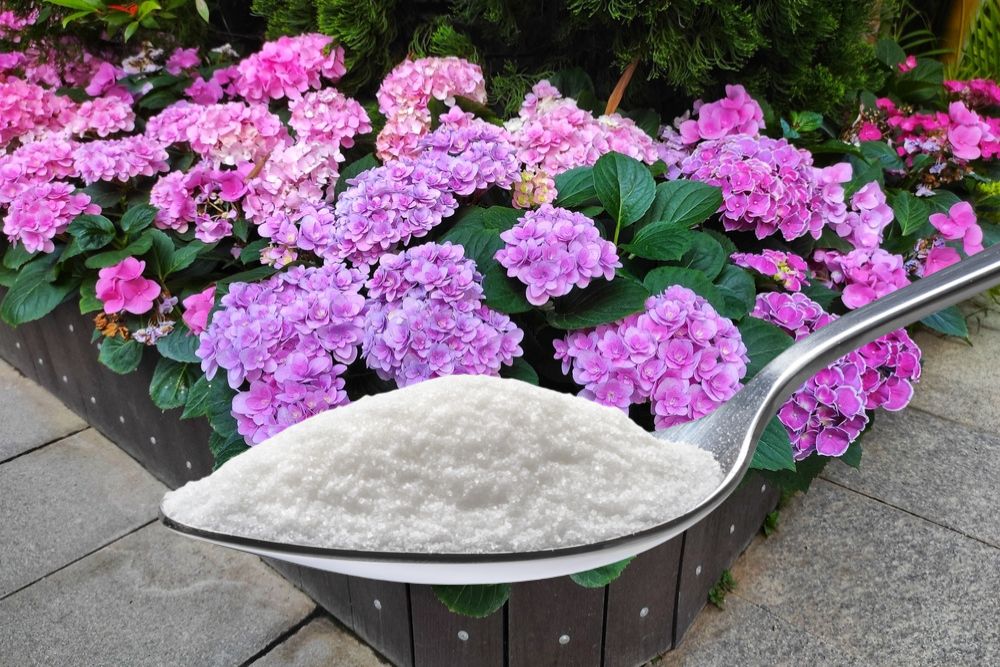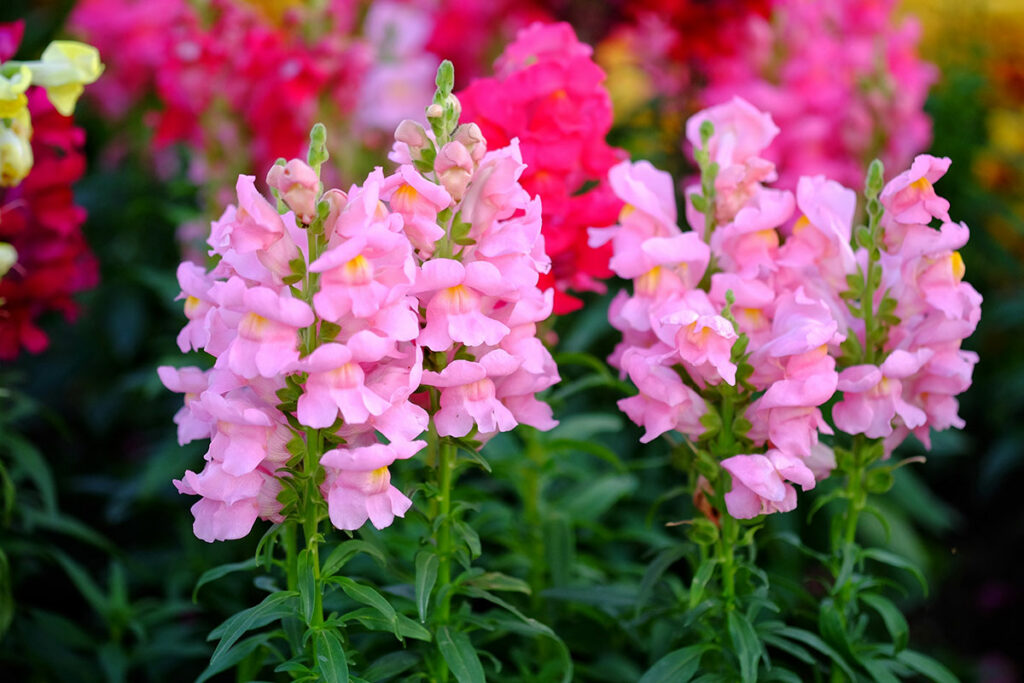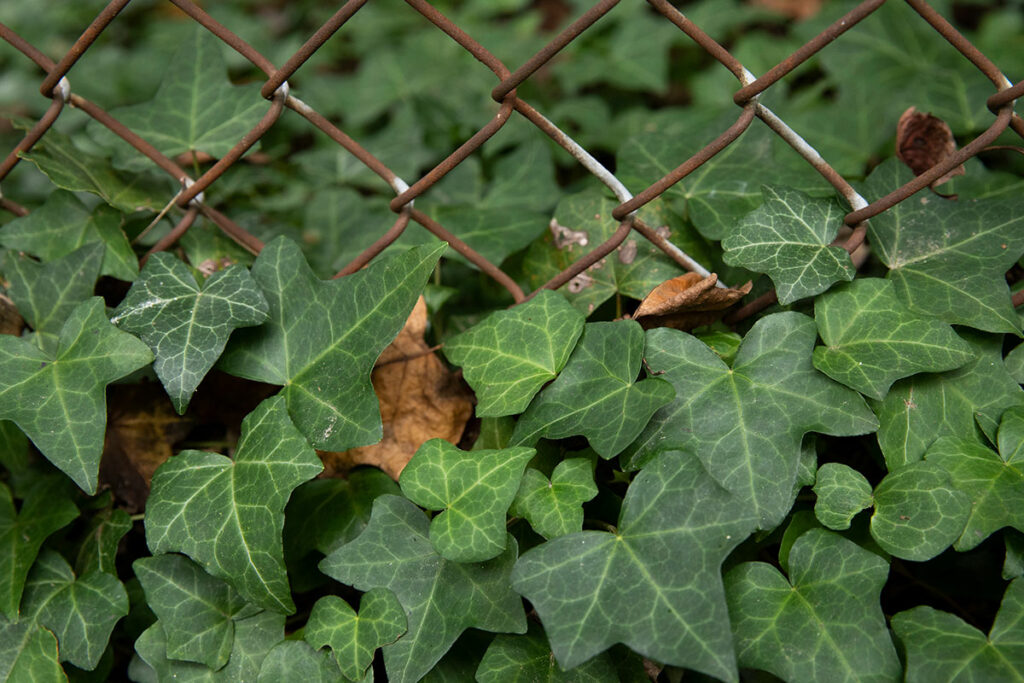
English ivy and other invasive ground covers can quickly take over your yard, suffocating native plants and creating a challenging and unsightly mess. If left untreated, these plants can creep up trees, fences, and other structures, potentially causing damage.
By learning how to identify, remove, and prevent the regrowth of invasive ground covers, you can transform your outdoor space and promote a healthier ecosystem.
Invasive ground covers are difficult to manage because of their fast-growing nature and ability to re-sprout from fragments. To effectively combat them, it is necessary to take a multi-faceted approach that includes manual removal techniques, chemical control methods, and preventative measures.
Armed with these strategies, you can maintain a beautiful and functional landscape while preventing future invasions.
Key Takeaways
- Identify and target invasive ground covers
- Utilize manual removal and chemical control methods
- Employ preventative measures to stop regrowth
Identifying Invasive Ground Covers
When trying to get rid of invasive ground covers, it’s important for you to first identify the species you’re dealing with. In this section, we’ll discuss the characteristics of English ivy and other common invasive ground covers.
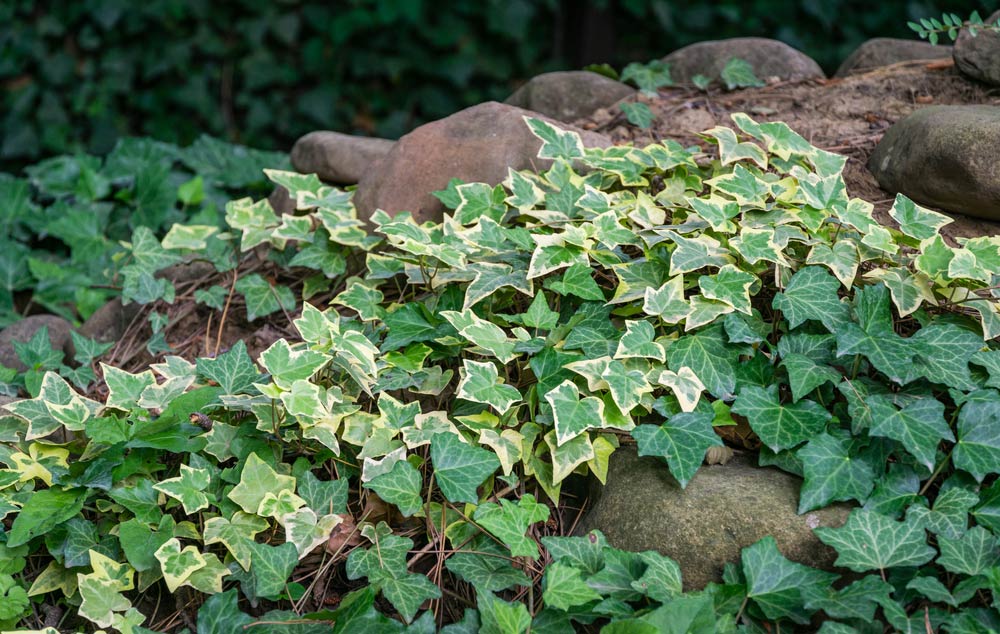
Characteristics of English Ivy
English Ivy is a popular ground cover with its evergreen leaves and attractive vines. Unfortunately, it can quickly become invasive:
- Leaves: The leaves are glossy green and come in two types: juvenile with five lobes, and mature with a more elliptic shape.
- Vines: English ivy vines are thick, woody, and can climb up to 100 feet on trees, walls, and fences.
- Growth: This plant grows rapidly, covering large areas. It can smother other plants and compete for limited resources like sunlight and water.
Other Common Invasive Ground Covers
In addition to English ivy, be on the lookout for these invasive ground covers:
- Japanese knotweed: This fast-growing plant has bamboo-like stems and large leaves. It can cause structural damage when growing near buildings or within pavements.
- Creeping buttercup: Known for its vibrant yellow flowers, creeping buttercup can quickly spread its roots in lawns and garden beds, choking out other plants.
- Bishop’s weed: This plant has green leaves with white edges and small white flowers. It can spread aggressively, forming dense mats that shade and exclude native species.
To manage these invasive ground covers, it’s crucial to understand their characteristics and growth patterns. Once identified, you can then implement appropriate control methods to restore your landscape.
Manual Removal Techniques
Uprooting English Ivy
To uproot English Ivy, start by identifying the main vines. These are the thickest and oldest vines that support the ivy’s growth. Use a pair of pruning shears or loppers to cut these vines about 2-3 feet above the ground. Now, wait for about a week or two for the ivy to die, and the vines to dry.
Once the vines are dry, it’s time to remove them. Wear gloves and use your hands or a garden rake to gently pull the vines away from any structures, trees, or other plants. Be careful not to damage any surrounding vegetation or property. If needed, use pruning shears or loppers to cut through any remaining ivy attachments.
Disposing of Invasive Ground Covers
After uprooting the ivy, it’s important to properly dispose of the removed debris. Don’t just throw it in your compost pile. Invasive plants can propagate and regrow from just a small piece, so it’s essential to bag up all plant materials securely.
Take the bagged invasive ground cover to your local waste disposal facility or arrange for pickup if your municipality offers yard waste collection services. Some facilities may even have a designated area for disposing of invasive plants specifically. By doing this, you prevent the ivy from spreading and infesting new areas.
Remember to always stay vigilant with invasive ground covers. Regularly check your property for new growth and promptly address it to keep these pesky plants at bay.
Chemical Control Methods
Effective Herbicides
When dealing with invasive ground covers like English Ivy, chemical control methods can be quite useful. Among the herbicides available, glyphosate and triclopyr have proven to be particularly effective. They are both non-selective, systemic herbicides that can be applied as a foliar spray.
- Glyphosate is the active ingredient in products like Roundup. It’s effective against many invasive plants and is especially useful for controlling English Ivy. Make sure to choose a glyphosate concentration suited for your situation.
- Triclopyr is another effective herbicide that can be found in products like Garlon. It’s useful for controlling various woody and herbaceous plants and is particularly effective on English Ivy. Remember that the higher the concentration of triclopyr, the more effective its action will be.
Applying Herbicides Safely
Applying herbicides can be tricky, and it’s essential to prioritize safety for yourself, others, and the environment. Follow these safety guidelines:
- Read the label: Ensure you understand the proper use, application rates, and safety precautions before applying any herbicide.
- Wear protective gear: You should wear gloves, goggles, and long sleeves to protect yourself from exposure to the chemicals.
- Avoid over-application: Use the recommended application rate on the label to prevent excessive herbicide use, which can harm non-target plants, wildlife, and water sources.
- Spray on a calm day: Avoid spraying on windy days to prevent the herbicide from drifting to nearby plants that you don’t want to harm.
- Do not spray near water sources: To protect aquatic life, make sure not to apply herbicides close to bodies of water like ponds, streams, or wetlands.
Remember that chemical control methods should be used as a last resort, combining them with other control techniques for the best results.
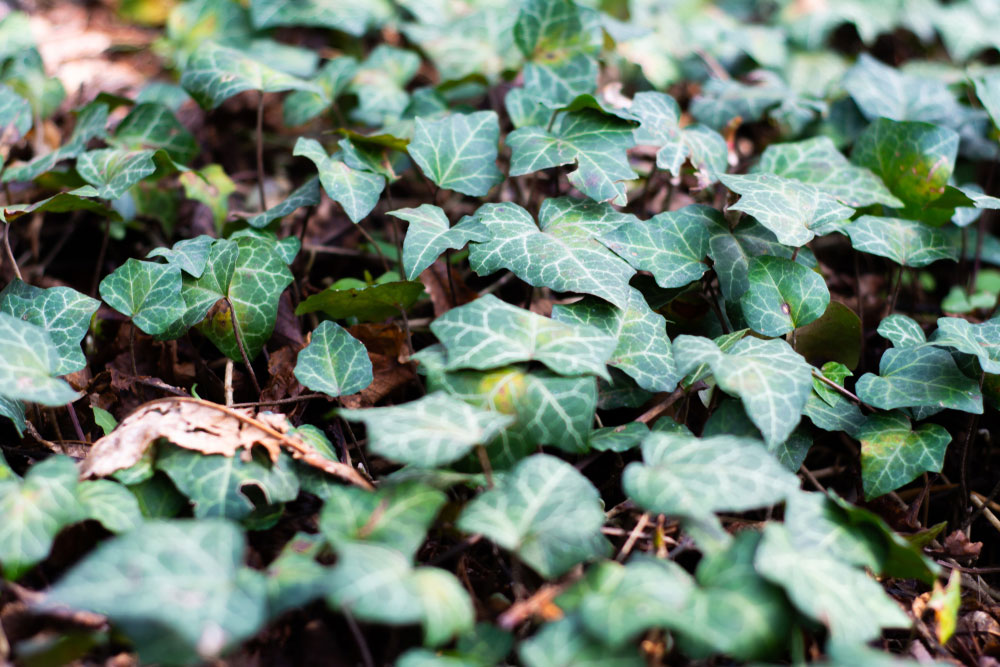
Preventing Regrowth
Consistent Monitoring
To prevent the regrowth of English Ivy and other invasive ground covers, it’s essential to set up a consistent monitoring routine. Regularly inspect your property, especially in areas where these plants once thrived.
Look for any new growth and address it immediately. You can do this by pulling up the plants by hand or using a chemical herbicide when necessary. If you’re uncertain about the type of plant you’re seeing, consult an expert for identification before taking action.
Planting Native Vegetation
Another effective way to prevent regrowth is by planting native vegetation in areas where invasive ground covers once grew. Native plants can outcompete invasive species for resources and provide essential habitats for local wildlife.
Some examples of native plants to consider for your region include:
- Grasses: Wild rye, switchgrass, or blue grama
- Flowering perennials: Purple coneflower, black-eyed Susan, or butterfly milkweed
- Shrubs: New Jersey tea, chokeberry, or serviceberry
By monitoring your property and planting native vegetation, you’ll be well-equipped to prevent the return of invasive ground covers like English Ivy. Your attention and effort will pay off in maintaining a healthy and balanced ecosystem in your outdoor space.

